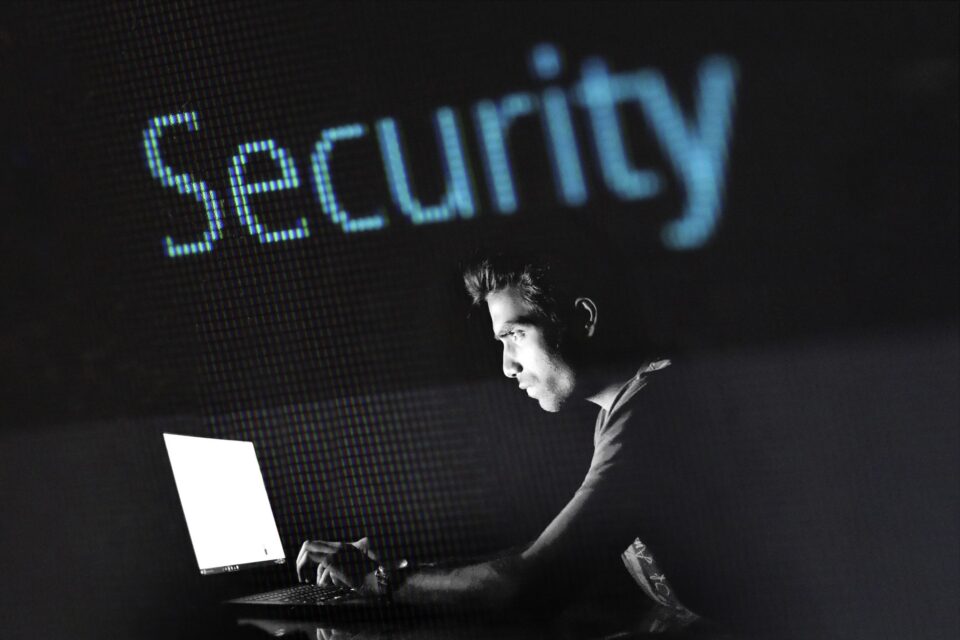
You’d like to think that brand new IT equipment is as malware resistant as possible. But, as Lenovo has discovered, this isn’t always the case.
In a highly embarrassing move for the company, Lenovo has had to issue an announcement that more than 100 of their laptop models are at risk of BIOS vulnerabilities. And remember, Lenovo ship a lot of computers; in the first quarter of 2022, Lenovo shipped 18.3 million units. Therefore, the impact of these vulnerabilities has the potential to be huge.
Sadly, it’s not the first time that Lenovo has found themselves in this situation. A number of rookie errors have been made in the past such as preloading laptops with spyware and the Lenovo rootkit fiasco. Some may argue that a company of this size will always have their mistakes magnified, but the risk posed by these mistakes is significant. Accordingly, it’s important to understand what this risk is and how you can protect yourself.
What is a BIOS Vulnerability?
Once you turn a PC on, the first program to run is BIOS (Basic Input/Output System); its primary use is to start your PC and facilitate the movement of data between an operating system and any devices attached to the system e.g. keyboard, mouse and hard drive. BIOS is a crucial element of getting your operating system up and running; without BIOS, your PC simply won’t work.
We now know what BIOS is, but what does a BIOS vulnerability consist of? Well, a vulnerability is any flaw or weakness in a piece of hardware or software which can give hackers a helping hand. So, for example, with BIOS, there could be an internal control which has been coded in a way that hackers can disable security controls e.g. bypassing security certificates in a piece of hardware. This makes vulnerabilities very dangerous, particularly when the only people aware of them are the hackers.
What Have Lenovo Shipped Their Laptops With?
In total, three vulnerabilities have been discovered on Lenovo’s affected laptops. Two relate to drivers which, despite only being necessary during the laptop manufacturing process, have not been deactivated before shipping. This has granted hackers the opportunity to exploit user privileges and take control of affected machines. The final vulnerability also gives hackers elevated user privileges but also includes local access to the machine.
How Can You Protect Your Lenovo Laptops?
To check if your Lenovo laptop is one of the affected models, you should immediately head to Lenovo’s security bulletin. This will list the full range of models at risk and, thankfully, links to a patched copy of the BIOS firmware. Installing this will render the vulnerabilities redundant and ensure your laptop is safe.
Final Thoughts
Designing a PC is complex and it’s almost impossible to eliminate every single problem. However, some problems have a higher capacity for disaster. While the type of vulnerability present in the affected laptops is rarely exploited in the wild, the potential for damage remains. As ever, security patches remain the best way forwards with vulnerabilities, so ensure these are always installed as soon as possible.
For more ways to secure and optimize your business technology, contact your local IT professionals.
Read More















